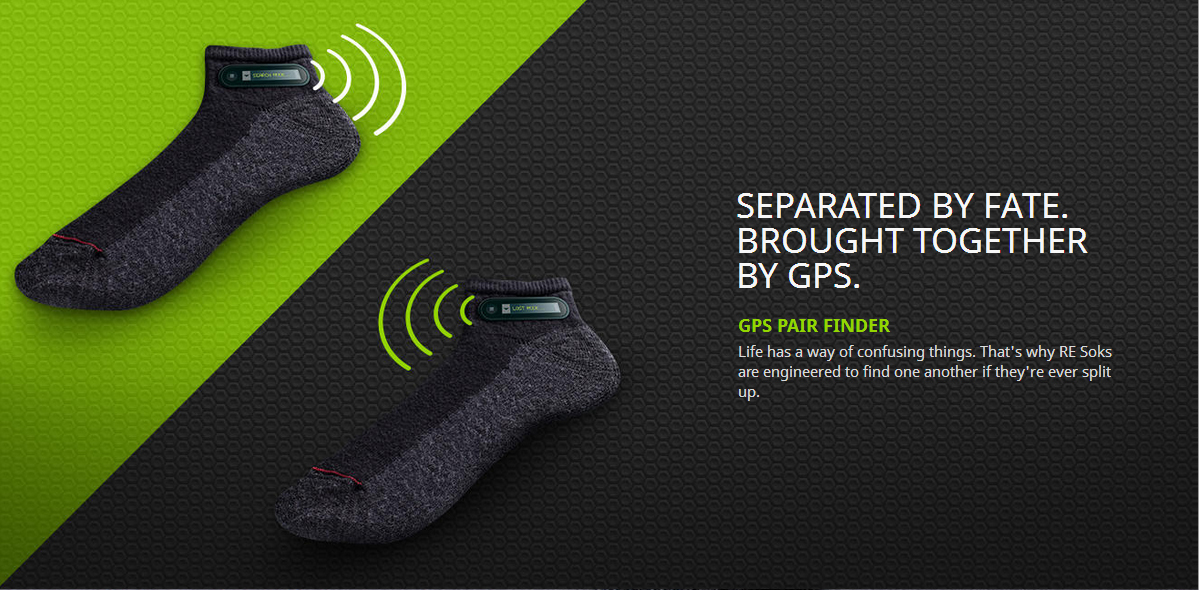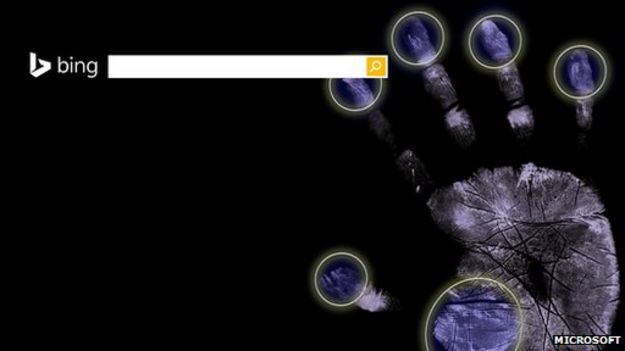Every few years I add Mary Meeker's Internet Trends slides on the blog. Interested people can refer to 2011 and 2014 slide pack to see how world has changed.
One of the initial slide highlights that the number of smartphones are reached nearly 3 billion by end of 2016. If we looked at this excellent recent post by Tomi Ahonen, there were 3.2 billion smartphones at the end of Q1 2017. Here is a bit of extract from that.
SMARTPHONE INSTALLED BASE AT END OF MARCH 2017 BY OPERATING SYSTEM
Rank . OS Platform . . . . Units . . . . Market share Was Q4 2016
1 . . . . All Android . . . . . . . . . . . . 2,584 M . . . 81 % . . . . . . ( 79 %)
a . . . . . . Pure Android/Play . . . . 1,757 M . . . 55%
b . . . . . . Forked Anroid/AOSP . . . 827 M . . . 26%
2 . . . . iOS . . . . . . . . . . . . . . . . . . 603 M . . . 19 % . . . . . . ( 19 %)
Others . . . . . . . . . . . . . . . . . . . . . . 24 M . . . . 1 % . . . . . . ( 1 %)
TOTAL Installed Base . 3,211 M smartphones (ie 3.2 Billion) in use at end of Q1, 2017
Source: TomiAhonen Consulting Analysis 25 May 2017, based on manufacturer and industry data
BIGGEST SMARTPHONE MANUFACTURERS BY UNIT SALES IN Q1 2017
Rank . . . Manufacturer . Units . . . Market Share . Was Q4 2016
1 (2) . . . Samsung . . . . 79.4 M . . 22.7% . . . . . . . ( 17.9% )
2 (1) . . . Apple . . . . . . . 50.8 M . . 14.5% . . . . . . . ( 18.0% )
3 (3) . . . Huawei . . . . . . 34.6 M . . . 9.9% . . . . . . . (10.4% )
4 (4) . . . Oppo . . . . . . . . 28.0 M . . . 8.0% . . . . . . . ( 7.1% )
5 (5) . . . Vivo . . . . . . . . . 22.0 M . . . 6.3% . . . . . . . ( 5.6% )
6 (9) . . . LG . . . . . . . . . 14.8 M . . . 4.2% . . . . . . . ( 3.3% )
7 (7) . . . Lenovo . . . . . . 13.2 M . . . 3.8% . . . . . . . ( 3.8% )
8 (8) . . . Gionee . . . . . . . .9.6 M . . . 2.7% . . . . . . . ( 3.5% )
9 (6) . . . ZTE . . . . . . . . . 9.2 M . . . 2.6% . . . . . . . ( 5.2% )
10 (10) . TCL/Alcatel . . . 8.7 M . . . 2.5% . . . . . . . ( 2.4% )
Others . . . . . . . . . . . . . . 80.2 MTOTAL . . . . . . . . . . . . . 350.4 M
Source: TomiAhonen Consulting Analysis 25 May 2017, based on manufacturer and industry data
This year, the number of slides have gone up to 355 and there are some interesting sections like China Internet, India Internet, Healthcare, Interactive games, etc. The presentation is embedded below and can be downloaded from slideshare
One of the initial slide highlights that the number of smartphones are reached nearly 3 billion by end of 2016. If we looked at this excellent recent post by Tomi Ahonen, there were 3.2 billion smartphones at the end of Q1 2017. Here is a bit of extract from that.
SMARTPHONE INSTALLED BASE AT END OF MARCH 2017 BY OPERATING SYSTEM
Rank . OS Platform . . . . Units . . . . Market share Was Q4 2016
1 . . . . All Android . . . . . . . . . . . . 2,584 M . . . 81 % . . . . . . ( 79 %)
a . . . . . . Pure Android/Play . . . . 1,757 M . . . 55%
b . . . . . . Forked Anroid/AOSP . . . 827 M . . . 26%
2 . . . . iOS . . . . . . . . . . . . . . . . . . 603 M . . . 19 % . . . . . . ( 19 %)
Others . . . . . . . . . . . . . . . . . . . . . . 24 M . . . . 1 % . . . . . . ( 1 %)
TOTAL Installed Base . 3,211 M smartphones (ie 3.2 Billion) in use at end of Q1, 2017
Source: TomiAhonen Consulting Analysis 25 May 2017, based on manufacturer and industry data
BIGGEST SMARTPHONE MANUFACTURERS BY UNIT SALES IN Q1 2017
Rank . . . Manufacturer . Units . . . Market Share . Was Q4 2016
1 (2) . . . Samsung . . . . 79.4 M . . 22.7% . . . . . . . ( 17.9% )
2 (1) . . . Apple . . . . . . . 50.8 M . . 14.5% . . . . . . . ( 18.0% )
3 (3) . . . Huawei . . . . . . 34.6 M . . . 9.9% . . . . . . . (10.4% )
4 (4) . . . Oppo . . . . . . . . 28.0 M . . . 8.0% . . . . . . . ( 7.1% )
5 (5) . . . Vivo . . . . . . . . . 22.0 M . . . 6.3% . . . . . . . ( 5.6% )
6 (9) . . . LG . . . . . . . . . 14.8 M . . . 4.2% . . . . . . . ( 3.3% )
7 (7) . . . Lenovo . . . . . . 13.2 M . . . 3.8% . . . . . . . ( 3.8% )
8 (8) . . . Gionee . . . . . . . .9.6 M . . . 2.7% . . . . . . . ( 3.5% )
9 (6) . . . ZTE . . . . . . . . . 9.2 M . . . 2.6% . . . . . . . ( 5.2% )
10 (10) . TCL/Alcatel . . . 8.7 M . . . 2.5% . . . . . . . ( 2.4% )
Others . . . . . . . . . . . . . . 80.2 MTOTAL . . . . . . . . . . . . . 350.4 M
Source: TomiAhonen Consulting Analysis 25 May 2017, based on manufacturer and industry data
This year, the number of slides have gone up to 355 and there are some interesting sections like China Internet, India Internet, Healthcare, Interactive games, etc. The presentation is embedded below and can be downloaded from slideshare


















































